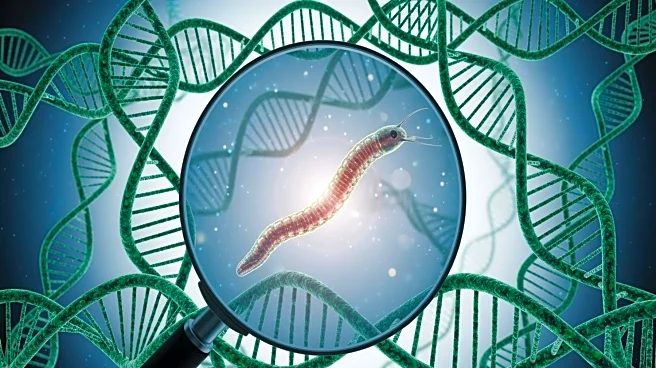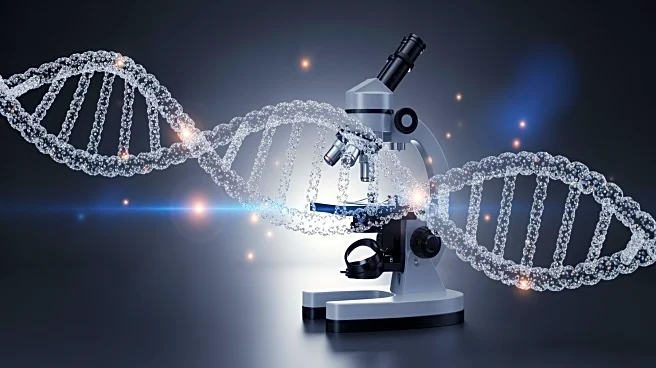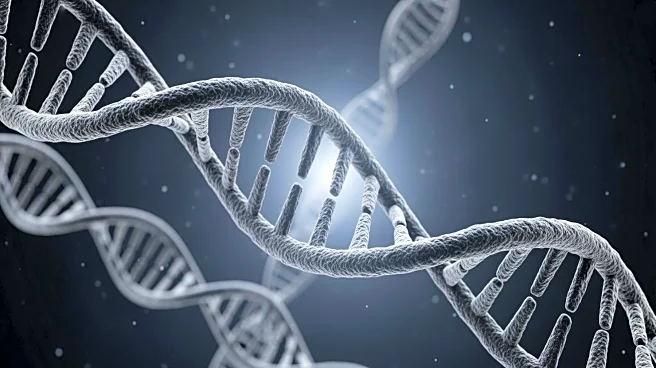What's Happening?
Researchers at RIKEN Center for Biosystems Dynamics Research have discovered that vital RNA needed for telomerase function in C. elegans hitchhikes inside another gene's intron. This finding reveals a novel
way DNA can control cellular processes, with implications for anti-aging therapies and regenerative medicine. The study highlights the evolutionary adaptability of telomerase RNA and its role in species survival.
Why It's Important?
The discovery of DNA hitchhiking in C. elegans provides insights into telomerase regulation and its potential applications in regenerative medicine. Understanding this mechanism can inform the development of anti-aging therapies and enhance research on cellular longevity. The study contributes to broader research on noncoding RNAs and their role in genetic regulation.
What's Next?
Future research may explore the potential applications of DNA hitchhiking in human medicine, particularly in anti-aging and regenerative therapies. Collaboration between geneticists and medical researchers could lead to innovative treatments for age-related conditions. The study may also prompt further investigations into similar mechanisms in other species.
Beyond the Headlines
The study raises ethical questions about the use of genetic research in developing anti-aging therapies and its impact on human health. It highlights the importance of understanding genetic regulation in addressing age-related challenges. The findings may influence cultural perceptions of aging and the role of genetics in health and longevity.











